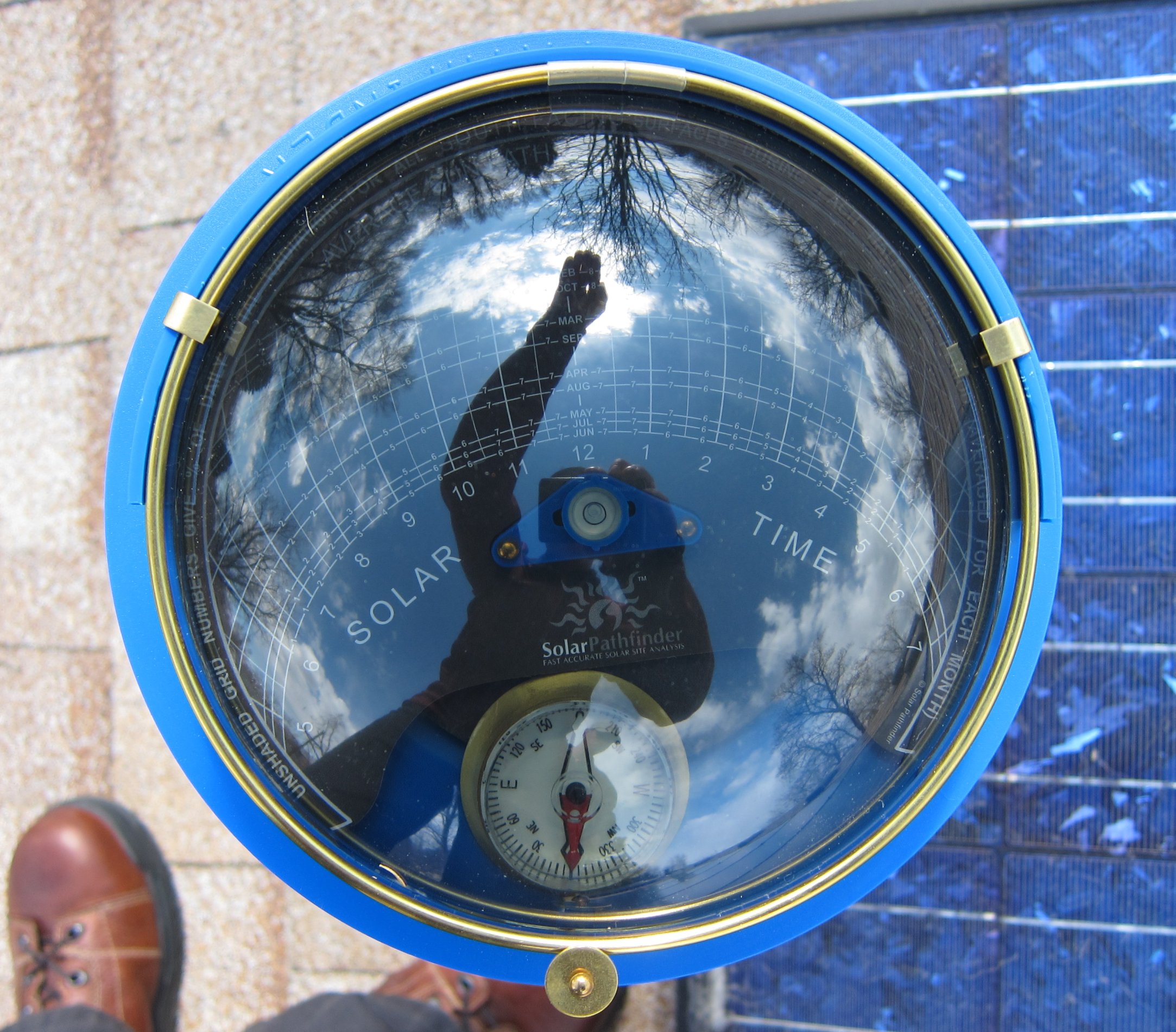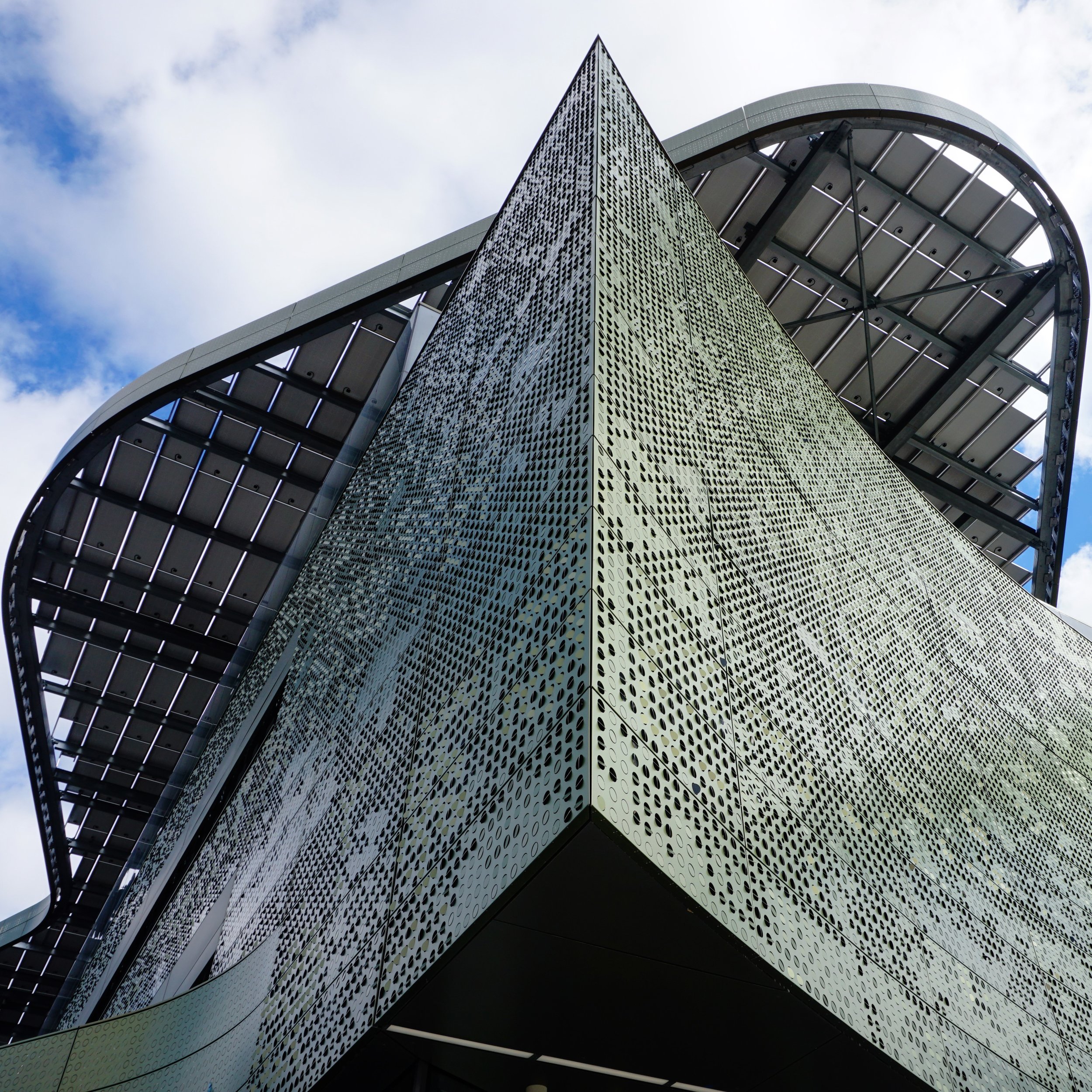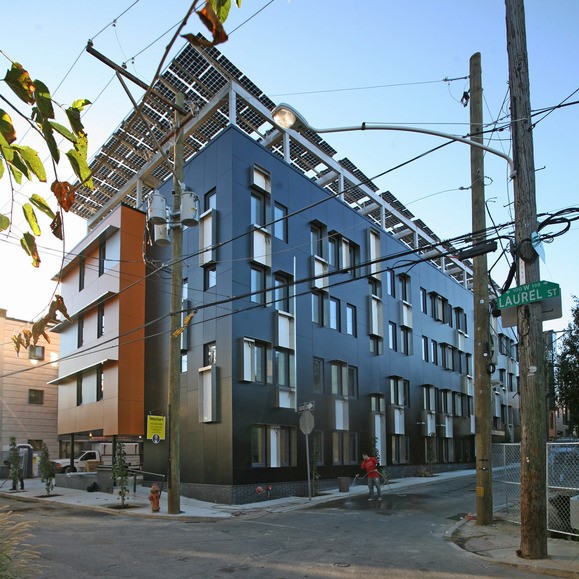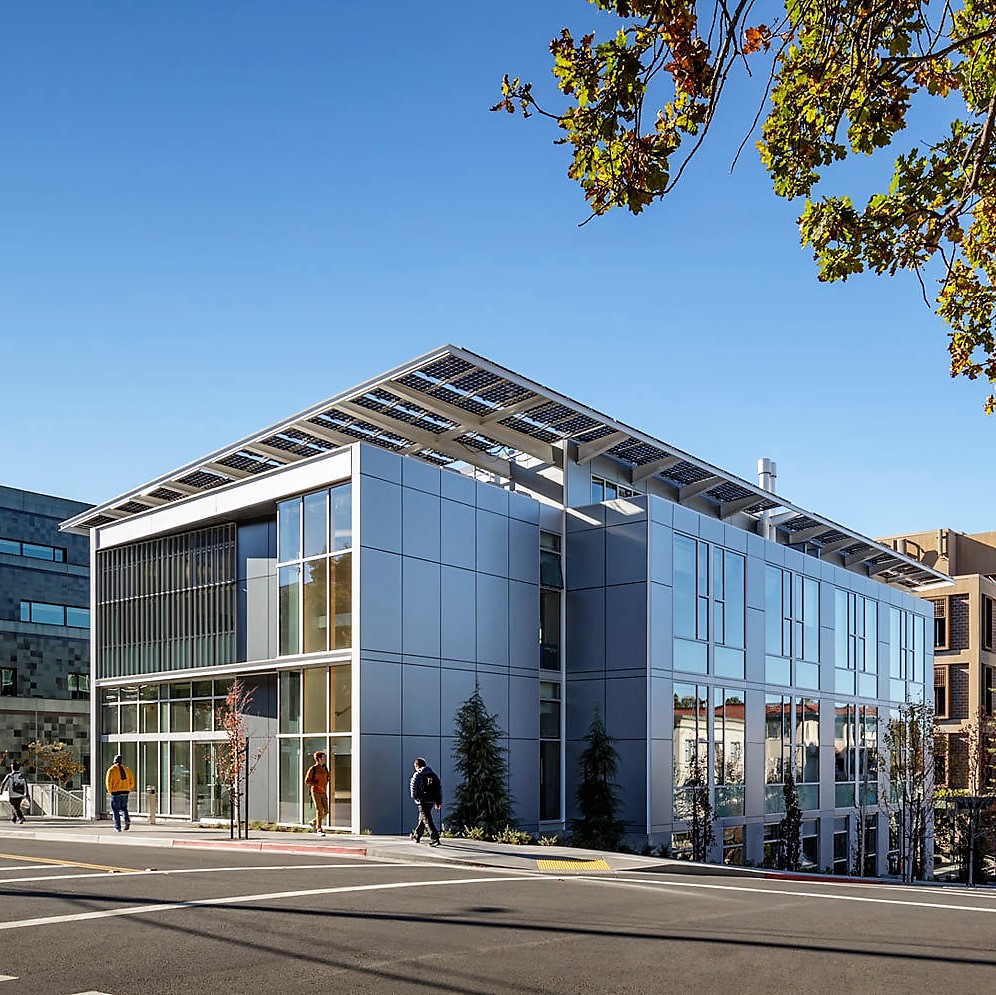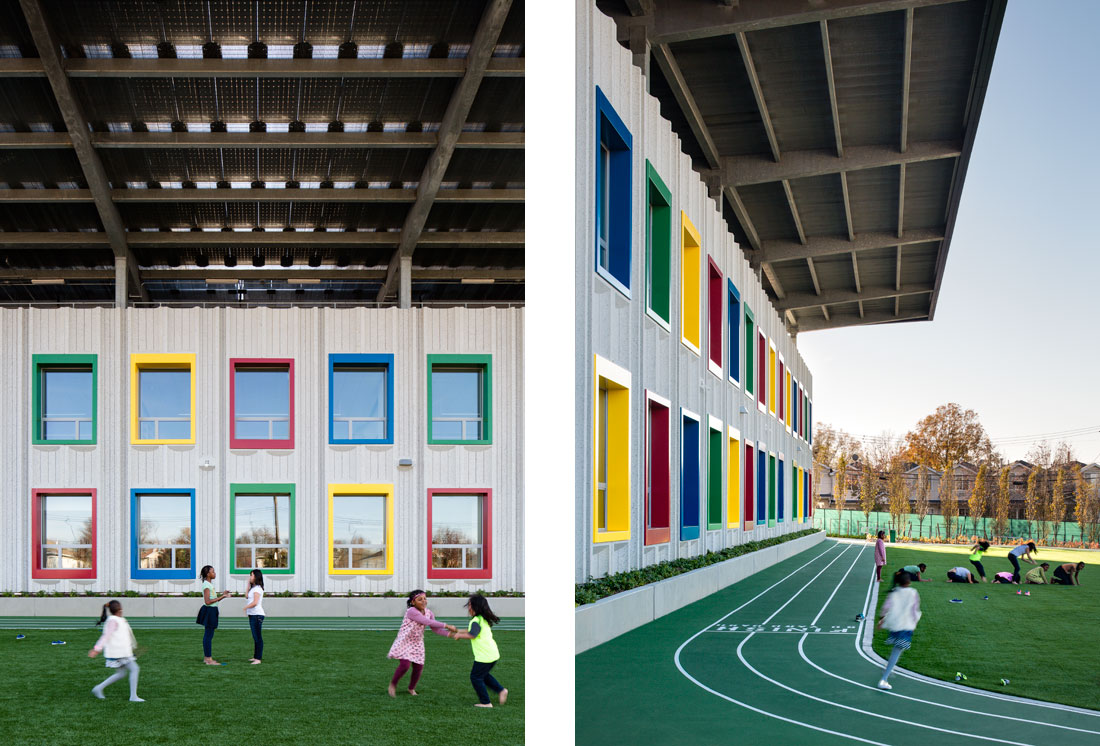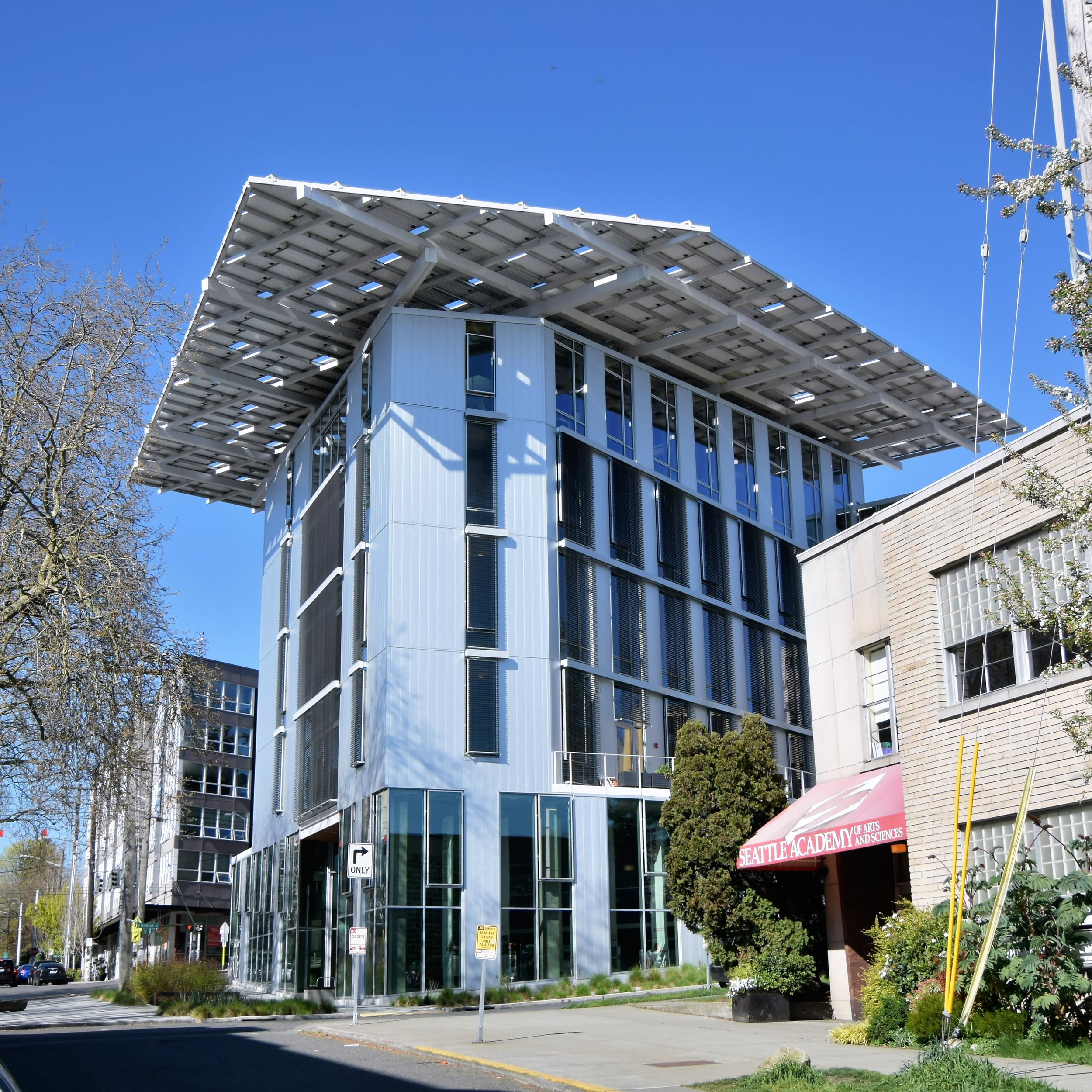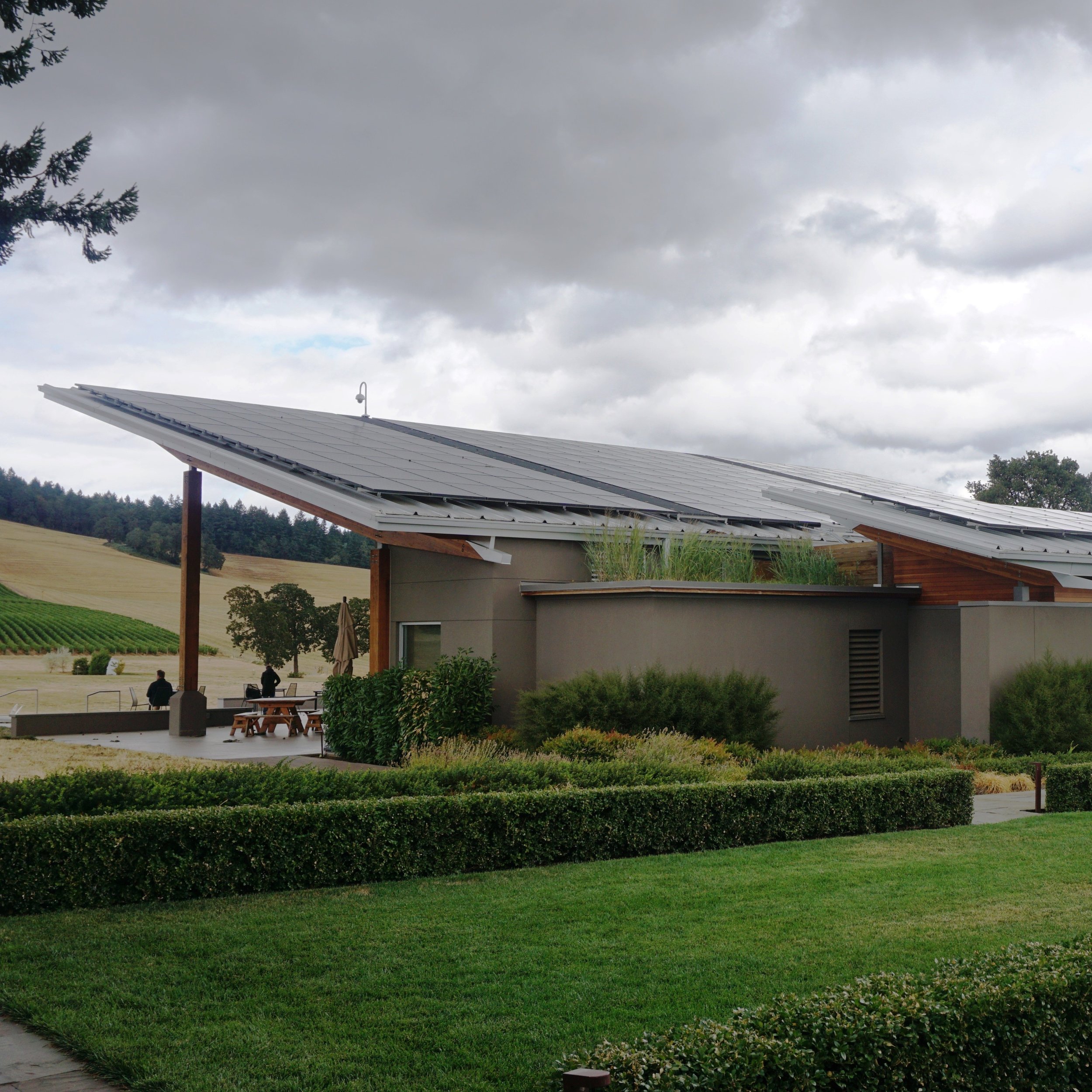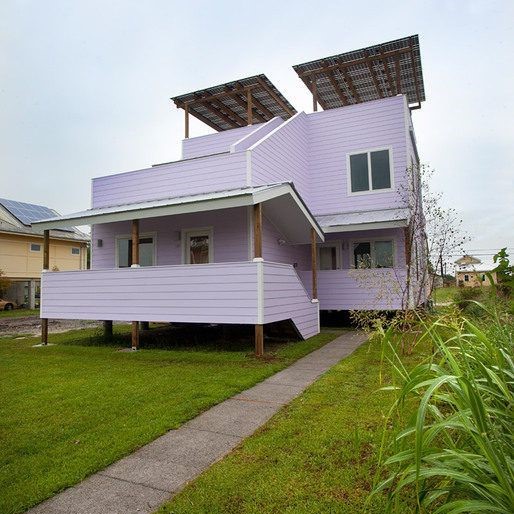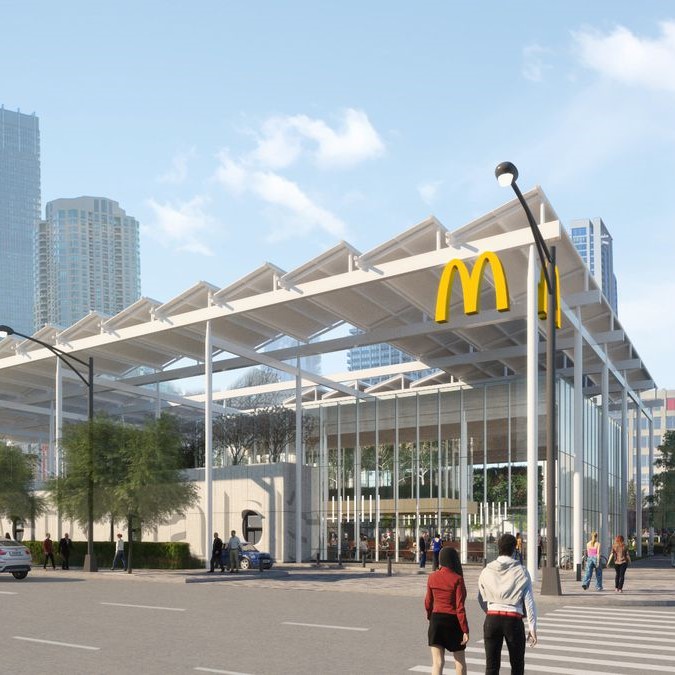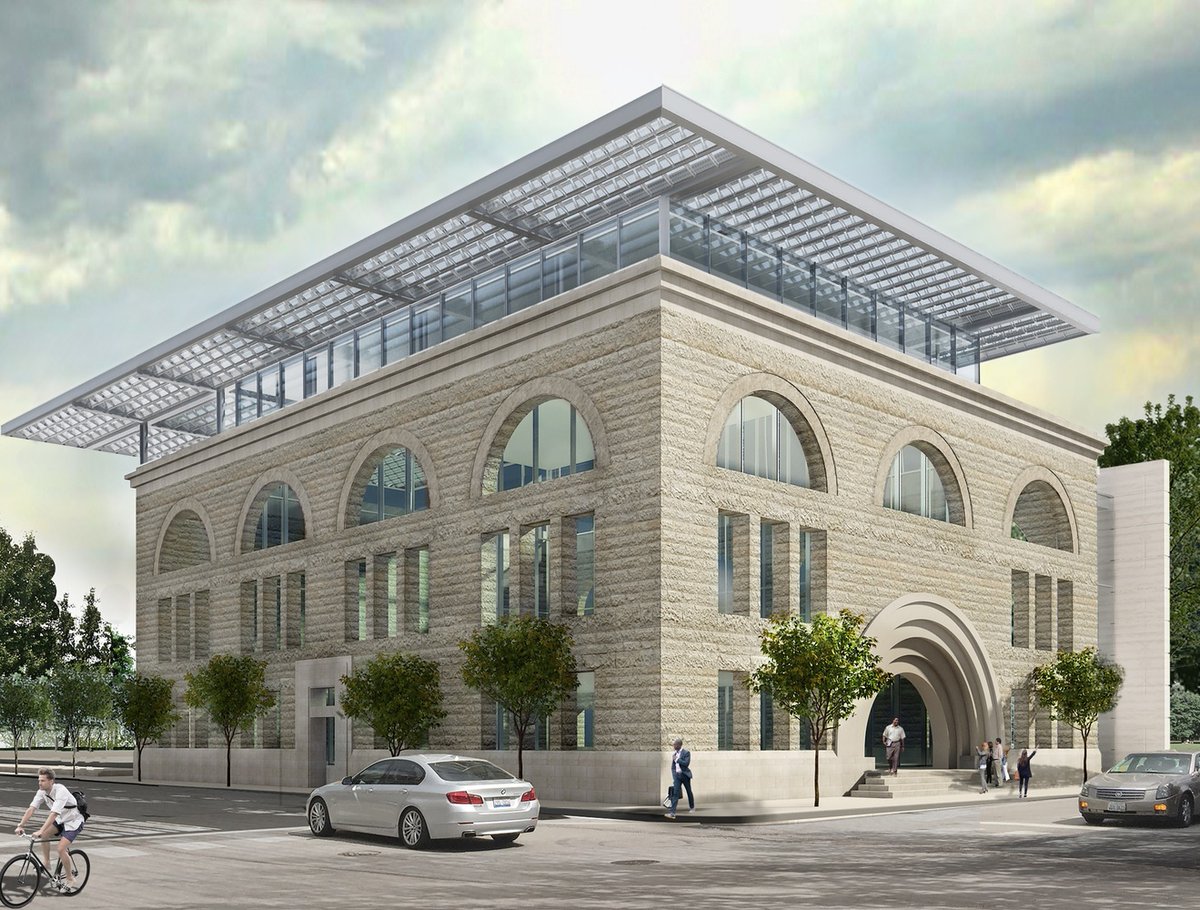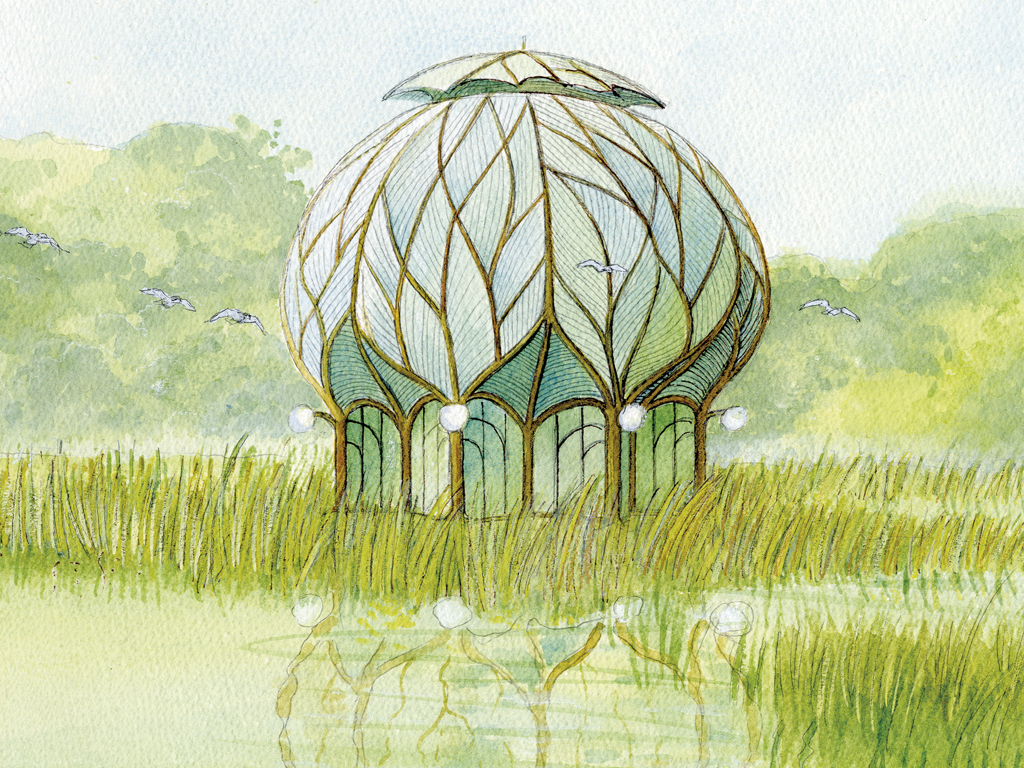Architectural Forms
/Magazine Restaurant, London, by Zaha Hadid Architects. Photo © Anthony Denzer
A big subject. Form-making is central to the task of architecture. Patrik Schumacher likes to say that the architect’s chief competence is form-making, and that architects are in charge of the form of the built environment.
New forms can be thrilling. We live in an exciting time of folds, blobs, twists, swoops, and swirls. However, form-making is only a small part of the enterprise of architecture, and I would submit there are more important architectural competencies which can be crowded out by excessive formal invention. Plus, architecture is already rich with suitable forms, and these forms are supported by a common culture of building with well-established methods and techniques.
So what might compel the invention of new architectural forms? Here are some good (altruistic) reasons.
To improve the lives of people...
...by improving social conditions. Examples of new forms which accomplish this persuasively are quite few. I would mention van Eyck’s Amsterdam Orphanage and Aalto’s Baker House. This objective is fraught with past failures, especially in the realm of public housing/council housing, suggesting that form alone is not likely to solve social problems.
...by addressing health/safety/welfare issues. Again I think there are few examples. (Comment if you have nominations!) Stanley Tigerman’s now-forgotten school for the blind was a touchstone when I was a student, but was it a new form? Hopkins' Portcullis House is all about clean air and shows it.
...by accommodating a new function. Saarinen’s Dulles Airport was the first to fully reimagine, in new form, the young activity of commercial flight. How about the Nakagin Capsule Tower? Also, I’d nominate the wonderful Alpine House by WilkinsonEyre (pictured below), so different from the conservatory tradition. This justification is rarer than you’d think, because new forms stemming from new functions tend to evolve slowly, or to be borrowed.
...by creating a new aesthetic experience. Architects and students use this justification a lot I think. To be persuasive, the outcome must be transcendent. To fall short is to come across as self-indulgent. My favorites are Scharoun’s Berlin Philharmonie and Utzon’s Bagsværd Church.
To improve the quality of the built environment...
...by addressing environmental concerns. A great example is the Halley VI British Antarctic Research Station by Hugh Broughton. So is the Gamble house. Today, managing energy use and comfort is a most compelling reason to create new form.
...by making construction more efficient or more durable. Gaudi is the exemplar of ingenious formal invention for construction efficiency, though it should be remembered nobody else followed his methods of building based on hanging chain models. Darkhorse: Downland Gridshell by Cullinan Studio.
...by transforming the urban condition or the landscape. Snøhetta’s Norwegian Opera and Ballet is a new form which accomplishes this. In past times, Sullivan's Carson Pirie Scott building.
...by creating new iconography for a place. Classic examples are Sydney Opera House, Eiffel Tower. This imperative often begins with the client or the opportunity, rather than the designer. The tail wags the dog in a sense. When the dog wags the tail (Pereira's Transamerica Pyramid) it's especially noteworthy.
Alpine House at Kew Gardens, by WilkinsonEyre. Photo © Anthony Denzer
Dubious answers to the question: why invent new architectural forms? These are either dispositional or simply selfish.
To express...
...a spectacle. Essentially to attract attention for the client or the architect or the place. I was hesitant to name any names here, but why not. MVRDV.
...an anti-establishment message. Here I think of Eisenman, Libeskind, Tschumi. In my opinion this approach leads to closed styles which don't age well.
...a utopian vision. Maybe you'd classify this as altruistic with the group above. Not me (Solarpunk notwithstanding).
To innovate...
...for innovation’s sake. Often new generative tools are involved, and often the construction must be figured out later by someone else. Charles Eames stated the counterargument: “Innovate as a last resort.”
● ● ●
Why avoid inventing new forms? In my view there are some good reasons to work with the vocabulary of existing forms.
First, to improve or refine existing forms. One of my favorite figures from architectural history, Irving Gill, worked principally with Spanish-style forms, and advanced them through abstraction and simplification. For any architect, the objective of working with established forms may be to ‘fit in’, to operate within the established common culture, in a thoughtful manner. Similarly, there is plenty of creative room to use existing forms in an inventive manner, through juxtaposition, pastiche, or other methods of transformation. Postmodernist projects like Stirling's Neue Staatsgalerie jump to mind, but I believe this practice is widespread within all styles and periods. Richard Rogers’ Millennium Dome was a clever adaption of the (lost) forms of the Skylon and the Dome of Discovery from the 1951 Festival of London.
Second, the Eames position, if there is no compelling need or justification. In the New Yorker cartoon of a Frank Gehry-style doghouse, the subtext is that there's no reason for a doghouse to be shaped differently. Where formal invention is not a priority, other forms of refinement and technical excellence can come to the fore—see Mies, and Swedish homebuilders. Herzog & DeMeuron's early work was famously “starved” in terms of form but focused on the “cosmetic” invention of surface effects (Kipnis).
Third, to ensure the success of the project by avoiding costs, risks. Probably most projects in the built environment, certainly most housing and corporate architecture, follow this logic. This is more pragmatic than altruistic, but there is something to be said for earnest professional responsibility.
And there are certainly poor reasons to work with existing forms, stemming from lazy work habits or lazy thinking. It can be lazy to reflexively use forms which ‘fit in’ and reinforce the established common culture, without a clear and sincere commitment to its virtues, like making a craftsman bungalow without a porch.
● ● ●
What's the conclusion? As a teacher, I don’t mind if students create new forms, and I don't mind if they work with existing forms. But they must know why they're doing what they’re doing. Integrity means clarity of reasoning, and the reasons must not be selfish or lazy. For professionals too, I think the danger is in self-deception. I sense that, for many new forms, the creators would claim to improve the quality of the built environment, when in fact the true motivation is to attract attention.




